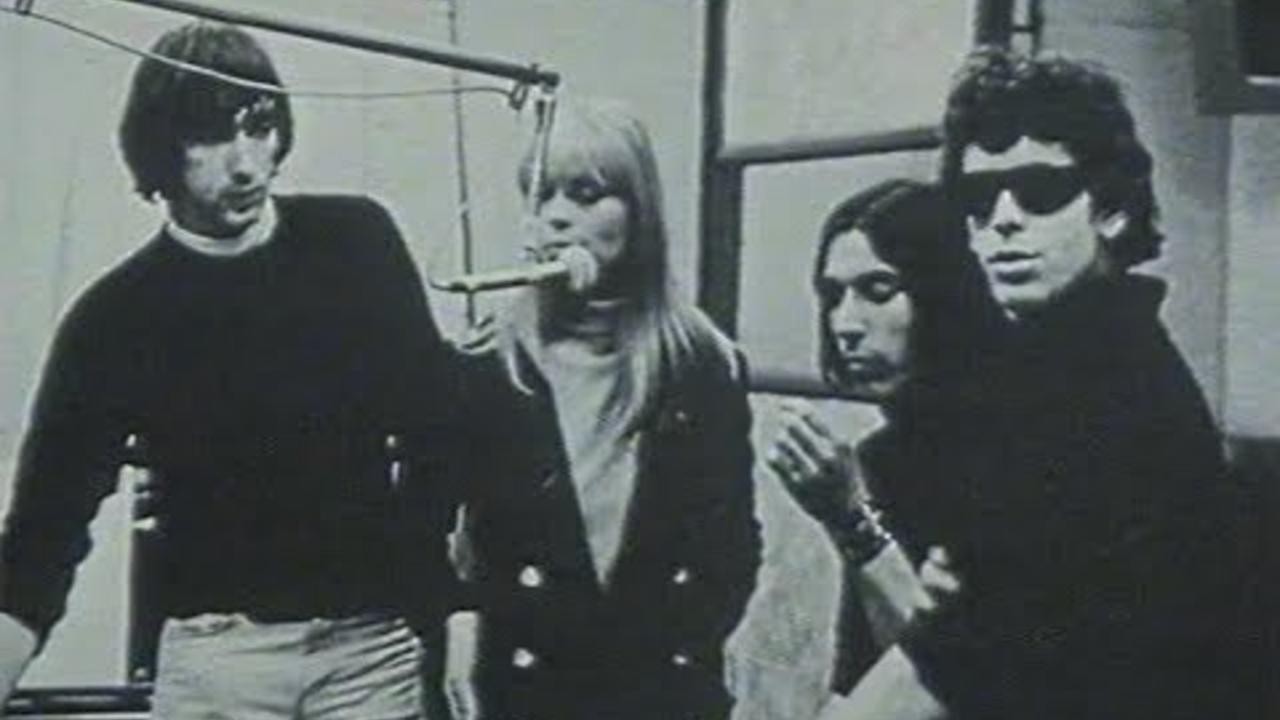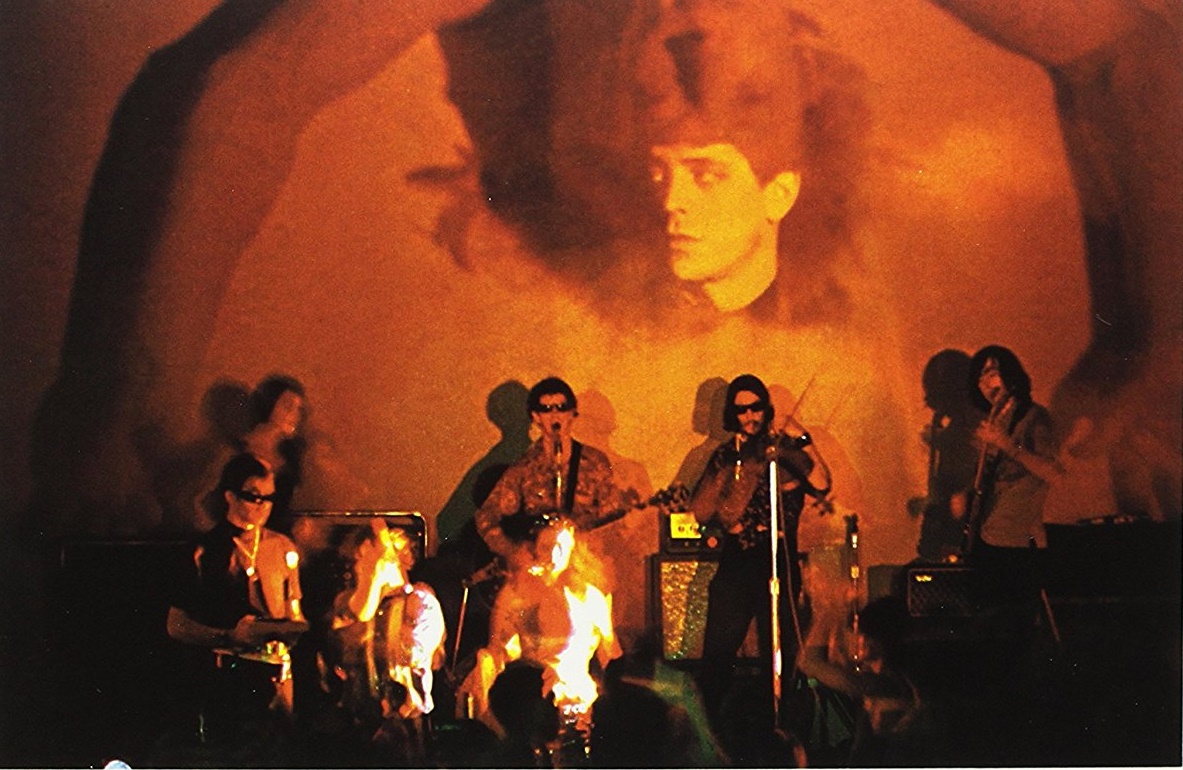

But it is a frenetic, distracting sort of motion. Above all, there is always something kinetic on screen, something moving and alive that demands your attention. Images are rarely centered, bookended by varying degrees of empty black pillars, frequently split-screened or overlaid with other images. The Velvet Underground stood out, but they were a part of something much bigger than them, a theme partly articulated by Haynes’ recurring use of negative space and asymmetrical staging. Because, of course, why wouldn’t it? The Velvet Underground opts for a free-flowing structure that doesn’t necessarily abide by time, and instead accentuates the band’s placement within a larger artistic ecosystem. But there is never any sense of urgency to bring emphasis back to the film’s true subject, allowing the band to shift in and out of focus with ease as the anecdotes that branch off naturally return to The Velvet Underground. Haynes often allows his interviewees to go on tangents, creating storytelling tributaries that all feed into the same vast, roaring waters of 1960s New York.

He covers the formation: From Lou Reed’s troubled, suburban childhood to his convergence with Welsh musician John Cale to the additions of drummer Maureen “Moe” Tucker and guitarist Sterling Morrison, to their eventual collaboration with Andy Warhol and the induction of German model Nico.Īnd, well, it’s cliché of course, but the rest is history. Through a multimedia filmmaking approach that keeps talking heads to a minimum and intersperses interviews and audio recordings (both past and present) overlaid with archival footage, photographs, the band’s music, experimental animated sequences and, most frequently, Andy Warhol’s Screen Tests series-in which subjects are filmed staring unblinking at the camera-Haynes charts the course of the band. The Velvet Underground is interested in capturing the years during which the band shared space within and contributed heavily to a revolutionary artistic period in American culture, even if they would not be treated to any true reverence until a decade following their first album. Through a rhythm which may feel inaccessible to more casual listeners, Haynes nonetheless effectively reckons with the moment that the band entered the world and the moment that they vacated. He never spends too much time in the past that led to their artistic zenith or the legacy that it would leave behind, or even allows much space for true linear comprehension of the band at all. In this respect, Haynes (who may be new to documentary but, with Velvet Goldmine and I’m Not There, is no stranger to music movies) aptly paints a portrait of The Velvet Underground, albeit not with people unfamiliar with the band in mind. Lou Reed and his ragtag team of black-clad counterculture musicians were a single thread within the vast, wide-spanning fabric of 1960s New York City, rubbing shoulders with artists, writers and musicians, and leaving a mark that would see their influence last long after the band’s members had already parted ways. It’s true that the avant-garde artists Haynes details in his first doc were more a single moment in time that rippled outward, a doomed endeavor not meant to last in the most immediately tangible way. “ had entropy within it,” one of the many talking heads featured in Todd Haynes’ documentary reflects, chewing on the ultimate fate of the band at the center of it all towards the end of The Velvet Underground.


 0 kommentar(er)
0 kommentar(er)
